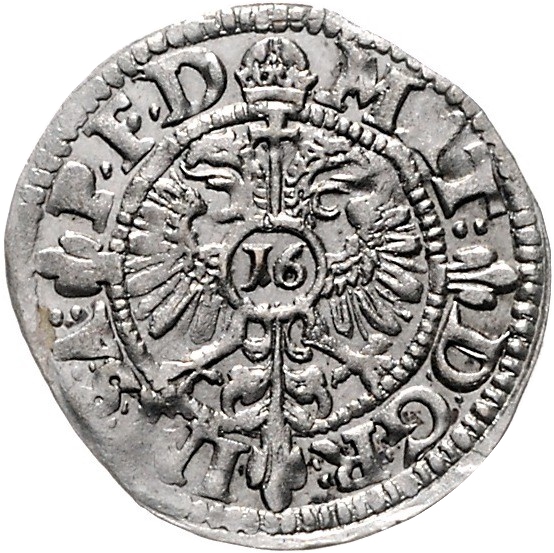Hamburg, Free Hanseatic city of 2 Schillings
1. Introduction
The Hamburg 2 Schillings coin holds a significant place in numismatic history, minted by the Free Hanseatic city of Hamburg between 1614 and 1617. This silver coin is renowned for its intricate design featuring an imperial eagle, making it a sought-after piece among collectors worldwide.
2. Historical Background
Issued by Hamburg, a prominent trading hub in Northern Germany, the 2 Schillings coin reflects the city's economic prosperity during the early 17th century. As part of the Free Hanseatic city, Hamburg enjoyed autonomy in trade, leading to the production of distinct coinage like the 2 Schillings piece.
3. Design Features
The obverse of the coin showcases the date in a legend, indicating the year of minting. On the reverse, a striking Imperial eagle is depicted with the number 16 in an orb on its breast. The intricate details of the eagle symbolize strength, power, and authority, reflecting the political and economic climate of the era.
4. Technical Specifications
- Country/Issuer: Hamburg, Free Hanseatic city of
- Denomination: 2 Schillings
- Composition: Silver
- Weight: 2.34g
- Start Year: 1614
- End Year: 1617
5. Collectible Value
The Hamburg 2 Schillings coin holds both historical and collectible significance. Its rarity, coupled with the unique imperial eagle design, makes it a prized possession for numismatists. The market value of this coin can vary based on factors such as condition, demand, and historical importance.
6. Conclusion
In conclusion, the Hamburg 2 Schillings silver coin from 1614 to 1617 stands as a testament to Hamburg's rich numismatic heritage and economic prowess during the early modern period. With its exquisite design and historical significance, this coin remains a valuable addition to any numismatist's collection, offering a glimpse into the vibrant history of the Free Hanseatic city of Hamburg.
Coin Images
 Obverse
Obverse
 Reverse
Reverse

